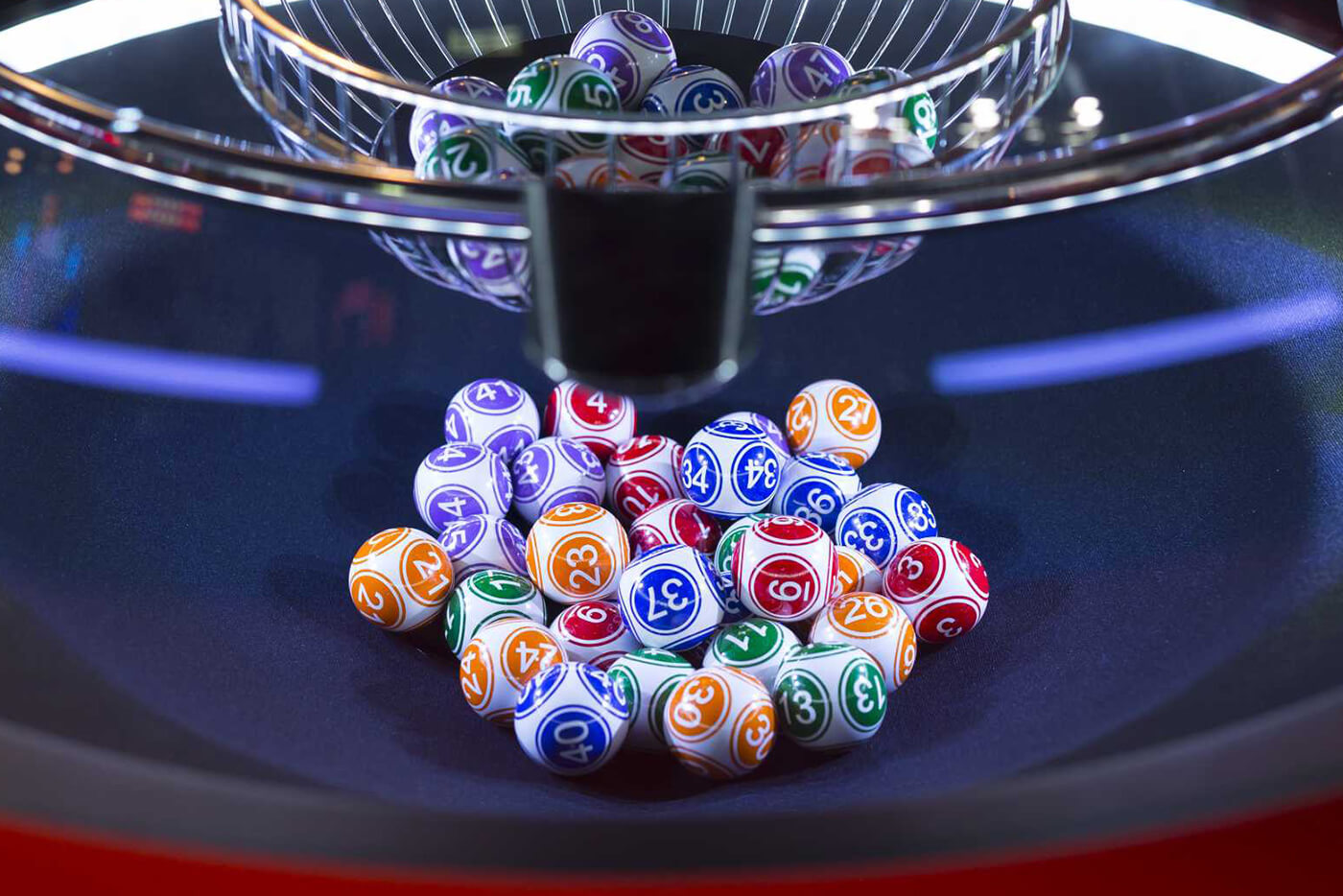Roulette is one of the most iconic casino games, popular for its simplicity and the thrill of chance. While each spin is purely random, many players use betting systems to manage their bankroll, enhance their enjoyment, and potentially improve their odds of winning. Here’s an overview of some of the most popular roulette systems, each with its unique strategy and approach.
1. Martingale System
The Martingale System is one of the most famous betting strategies, based on a straightforward approach: double your bet after every loss. The idea is that when you eventually win, your payout will cover all previous losses plus a small profit equal to your initial bet.
- How it works: Start with a small bet on an even-money outcome, like red or black. If you lose, double your bet on the next round. Repeat this process until you win.
- Example: If you bet $10 on red and lose, you would bet $20 on red in the next round. If you lose again, you would bet $40, and so on.
- Risk: While the Martingale System can recover losses, it requires a large bankroll to handle a long losing streak. Also, table limits may prevent you from doubling endlessly, making it a high-risk strategy.
2. Reverse Martingale (Paroli) System
The Reverse Martingale, also known as the Paroli System, takes the opposite approach to the standard Martingale. Instead of doubling after a loss, you double your bet after each win. This strategy focuses on capitalizing on winning streaks while keeping losses manageable.
- How it works: Start with a small bet. If you win, double your bet for the next round. If you lose, return to your initial bet amount.
- Example: If you bet $10 on red and win, bet $20 on red in the next round. If you win again, bet $40.
- Risk: This system helps protect against significant losses during a losing streak, but if a streak ends suddenly, it can quickly erase profits. It’s generally seen as less risky than the standard Martingale.
3. Fibonacci System
Based on the famous Fibonacci sequence, this system is a more conservative approach to managing losses. The Fibonacci System involves increasing bets according to the Fibonacci sequence, which means you add the previous two bets to determine the next amount.
- How it works: Start with a small initial bet. After a loss, increase your next bet to follow the sequence (1, 1, 2, 3, 5, 8, etc.). After a win, move two steps back in the sequence.
- Example: If you bet $10 and lose, your next bet will be $10, then $20, $30, $50, and so on.
- Risk: The Fibonacci System escalates more slowly than the Martingale, making it easier to manage losses. However, it still requires a significant bankroll to sustain a long losing streak.


4. D’Alembert System
The D’Alembert System is a simple and relatively low-risk betting strategy, popular among roulette players who prefer a gradual approach to increasing their bets. Rather than doubling the bet, you increase it by one unit after a loss and decrease it by one unit after a win.
- How it works: Begin with a base unit (e.g., $10). After a loss, increase your bet by one unit; after a win, decrease it by one unit.
- Example: If you start with $10 and lose, your next bet will be $20. If you win, you reduce your bet to $10.
- Risk: This strategy minimizes the risk of large losses, as bets only increase incrementally. However, it doesn’t provide significant gains during winning streaks, and prolonged losing streaks can still impact your bankroll.
5. Labouchere (Cancellation) System
The Labouchere System, also known as the Cancellation System, involves setting a target profit and creating a sequence of numbers that represent your bet amounts. This system can be more complex but offers a structured way to chase wins.
- How it works: Choose a sequence of numbers that add up to your target profit (e.g., 1-2-3-4, aiming for a $10 profit). Place a bet equal to the sum of the first and last numbers in the sequence. After a win, cross off those numbers; after a loss, add the amount lost to the end of the sequence.
- Example: If you bet $5 (1+4) and win, cross off the 1 and 4 and proceed. If you lose, add $5 to the end, creating a new sequence of 1-2-3-4-5.
- Risk: The Labouchere System allows for flexibility in setting a profit target. However, it can lead to long sequences if you experience a losing streak, potentially requiring a substantial bankroll.
6. James Bond Strategy
The James Bond Strategy, popularized by Ian Fleming, is a flat betting system that requires a specific allocation across the table. This strategy is used for quick play, as it’s designed to cover a significant portion of the roulette wheel in one spin.
- How it works: Place $200 in total as follows: $140 on high numbers (19-36), $50 on 13-18, and $10 on zero (insurance for European roulette tables). This allocation provides coverage across different sections of the wheel.
- Risk: While the James Bond Strategy covers a broad range of numbers, it doesn’t provide a sustainable approach for long-term play, as it’s intended for quick rounds with higher bets.
Which System Should You Choose?
Choosing a roulette system depends on your bankroll, risk tolerance, and gaming goals. The Martingale and Reverse Martingale systems appeal to those looking to recover losses or capitalize on streaks, while the Fibonacci and D’Alembert systems offer a more controlled approach. The Labouchere System provides flexibility for players aiming for a specific profit target, while the James Bond Strategy can be fun for those looking for a high-coverage, quick-play option.
No system guarantees wins, as roulette is ultimately a game of chance. Betting systems can add structure and excitement to your gameplay, but it’s essential to set limits and remember that each spin is independent of previous outcomes. By choosing a strategy that suits your style and staying mindful of your bankroll, you can enjoy roulette while managing your risks responsibly.


